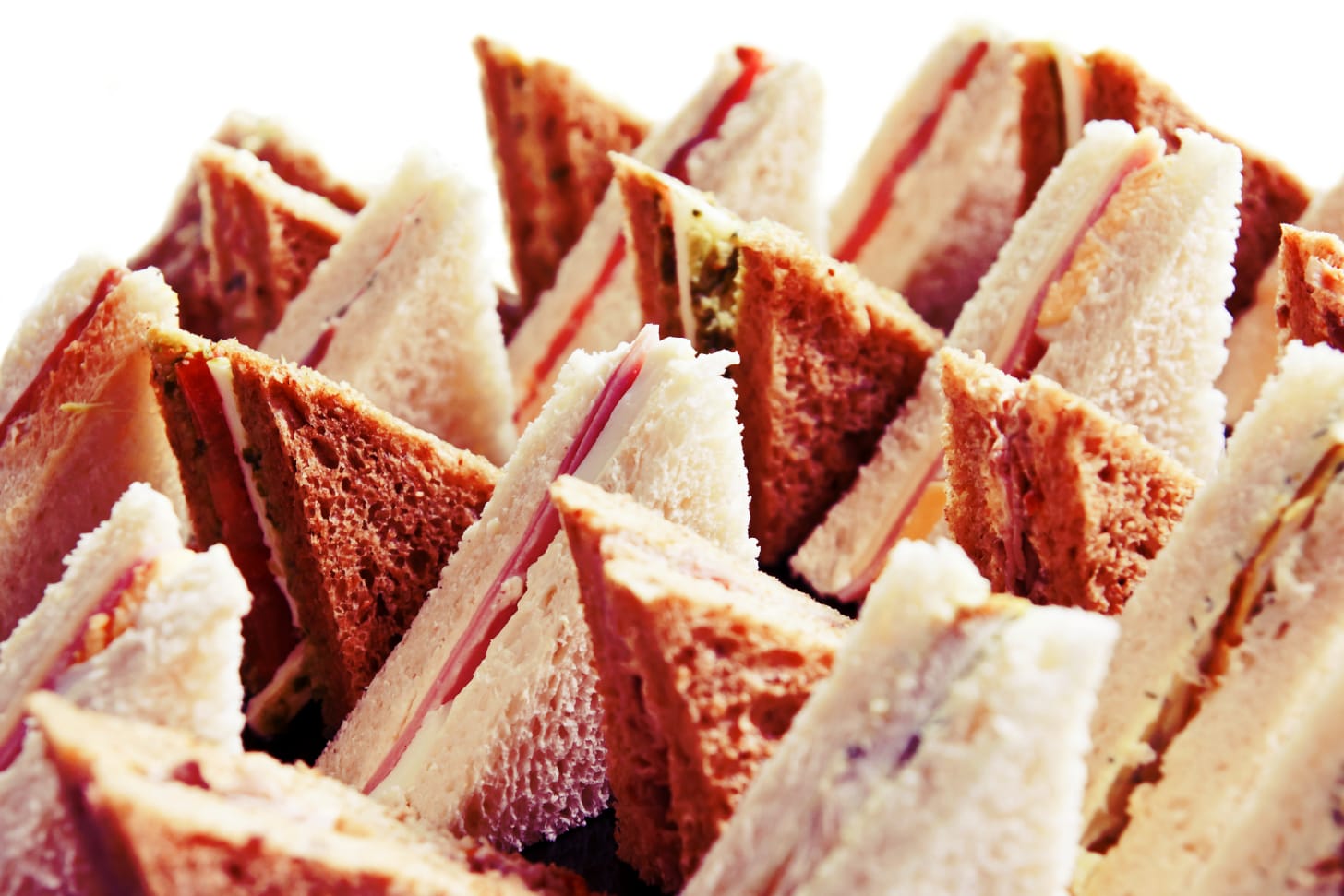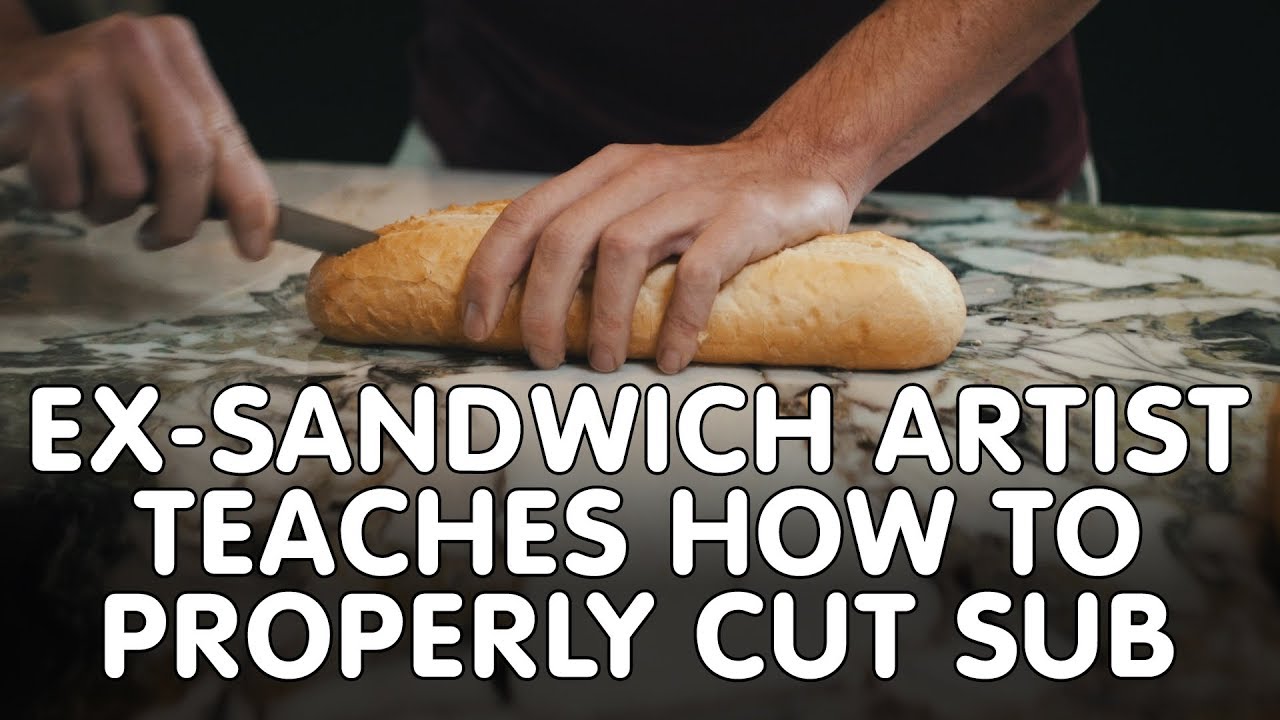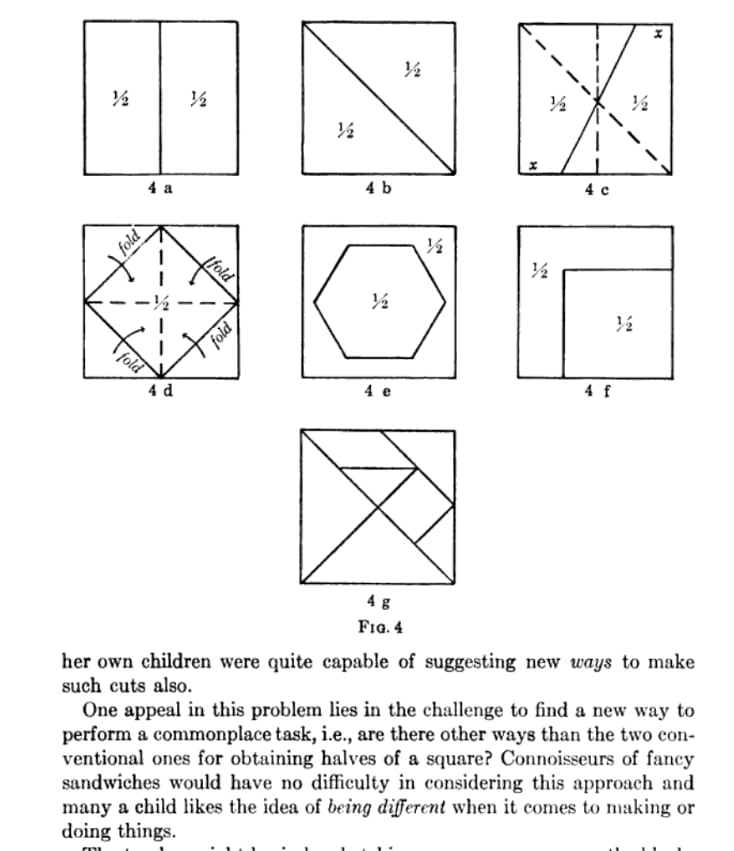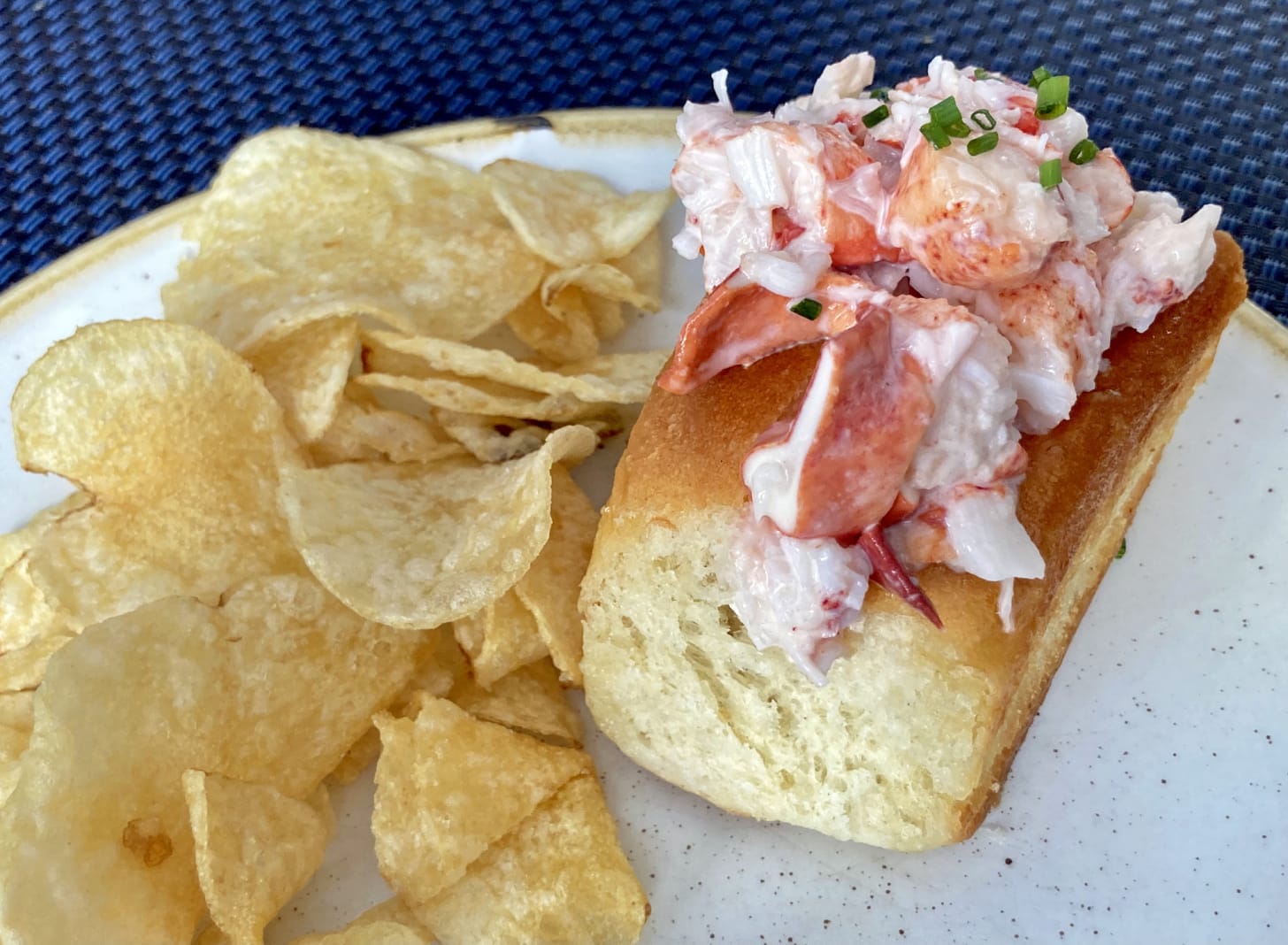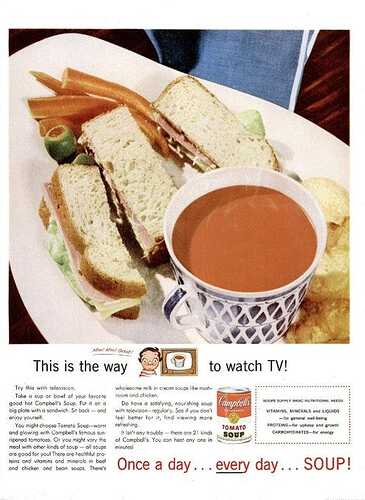A guide to the methods and history of sandwich-slicing
Photo by etiennevoss via Getty Images
This started as a joking challenge to myself: Maybe you should do a post on different ways to cut sandwiches! My initial thought was that it would be incredibly dull (So there’s triangles and rectangles and, uh, that’s the post ) but then I started doing some research and, as usual, there was actually a lot of ground to cover.
It doesn’t all fit together into one coherent story, so we’ll do it as a list instead. Here are ten quick notes on the history and practice of cutting sandwiches.
1. Sandwich-cutting basics (modern version)
Let’s start here. If you’re going to cut a sandwich, you should use a knife. A machete also works, as does an axe, and you can just rip the damn thing with your hands if necessary. But a knife is ideal.
If you require further instructions on equipment or technique, especially if you want to avoid squishing the sandwich, the blog Baking Kneads has some guidance, which boils down to this: use a good knife (serrated is best) and don’t squeeze the sandwich.
2. Sandwich-cutting basics (1904 edition)
From a story titled “How to Cut a Good Sandwich,” published in the Memphis Commercial Appeal in 1904:
To begin with, sandwiches should be made from a loaf one day old, since it is impossible to cut them neatly from new bread. Before beginning operations, it is well to make sure that we have three or four knives well sharpened, and that in winter the butter is not too hard. …
Begin by cutting the crust from one side of the loaf; this is a more economical plan than cutting from the top. Butter the bread and cut into fairly thin slices, spread the mixture with which the sandwiches are to be flavored upon one slice, cover with the other, press together with a clean knife, and cut int neat fingers three inches wide. Some cooks stamp out the sandwiches in shapes, or cut them into diamonds and rounds, and these, perhaps, look daintier, but the fingers are more economical.
If you’re just skimming, the most interesting guidance here (other than “have three or four knives” at the ready) is the suggestion to cut sandwiches into long fingers. Hold that thought, we’ll come back to it at the end of this list.
3. The saga of the Subway U-Gouge
Back in 2000, the same year the world suffered the twin cataclysms of the Y2K bug and the rise of Creed to the top of the Billboard charts, a great tragedy befell the sandwich industry: Subway changed the way its “sandwich artists” (official term!) sliced their masterpieces. Before this, the proper technique was something called the “U-gouge,” which entailed slicing off the top of the bread in a long U shape. But suddenly, the order came down that the bread was to be cut straight across the middle.
The new way was easier for employees—cutting bread in a straight line is about as basic as it gets in the food industry—but even now, 22 years later, the U-gouge still has legions of fans who hold out hope for its return. (Basically, they argue that it held the filling better.) There are multiple Reddit pages dedicated to this decades-old change, and multiple YouTube videos, too.
Here, below, is an Australian radio personality going off on this subject and giving a demonstration of the two methods. (Check out the comments, too, which include such gems as “I just saw a drunken lawyer rant about this and now I feel as if generations have been cheated out of a competent sub design.”)
4. Does cutting sandwiches on the diagonal taste better?
I prefer sandwiches cut into triangles, because there’s something fundamentally pleasing about holding them and eating them, especially the extra-pointy bits. It’s clear that I’m not alone—people like diagonally-cut sandwiches, and a quick Google search will lead you to all kinds of speculation about why .
National Public Radio’s “All Things Considered” weighed in a while back, talking to chefs, architects, and mathematicians:
Since the time of the pyramids, architects have always understood the supremacy of the diagonal line, says Kevin Harris. He designs houses in Baton Rouge and knows his angles. Harris says the diagonal cut exposes more of the interior of the sandwich, “and by exposing the interior, it engages more of your senses before you take the first bite.”
5. How sandwich-cutting can help you learn geometry
Speaking of math, here’s a lesson from the National Council of Teachers of Mathematics in 1959, using sandwiches an example of different ways to divide things in half. As discussed in the text at the bottom, the more unconventional sandwich-cutting techniques are strongly associated with fancy sandwiches.
6. How to cut sandwiches for a tea party
The year: 1927. The place: Iowa. Welcome to a class on Sandwiches for Your Spring Menu, taught by Margaret L. Marnette of Iowa State College. We have many ingredient suggestions (“Savory fillings include pastes and potted meats. Cream cheese with nuts or olives may be included in this list.”) and guidance on bread slice thickness and garnishes, but it’s also critical that you pay close attention to your cutting technique if you wish to impress guests.
Sandwiches should be cut in attractive shapes. The use of sharp cutters which are simple and yet pleasing in shape will improve the taste as well as the appearance of the sandwich. Diamonds, triangles, oblongs and squares are easily cut without any other utensil than a sharp knife. Round cutters, hearts or shamrock shaped ones may be purchased. If it is difficult to cut thru the bread with the cutter, use a pointed knife to cut around the shape.
7. What’s the story with cutting the crusts off sandwiches?
My older daughter typically only likes toast or sandwiches with the crusts removed. If you have young kids, there’s a good chance they make the same demand—it seems pretty common, enough so that in 1995, two businessmen (and fathers) in Fargo, North Dakota patented Uncrustables, the peanut butter and jelly sandwiches with no crust.
I was curious if there were any precursors to this product, and sure enough, I found this from 1902.
The takeaway here, clearly, is that crust-eschewing kids aren’t picky, they’re just unintentionally posh.
8. Whimsy!
Tea parties shouldn’t have all the fun shapes to themselves, and slicing sandwiches for the sake of making food interesting for kids is a grand tradition going back generations. I sometimes arrange my kids’ sandwich triangles to make a little sailboat (one’s the sail, one’s the boat), but I may need to try making them a little sandwich house, as in this recipe from 1930:
9. The great regional hot dog (and lobster roll) bun debate
Are hot dogs sandwiches? Obviously not, they’re their own thing. But if you’ve ever been to the Northeast USA, you may have encountered hot dog buns cut across the top (straight down, not a U-gouge). If that doesn’t ring a bell, perhaps you’ve seen them in another use, for lobster rolls:
According to groundbreaking research by The Boston Globe, this style was created in the 1940s by the chain Howard Johnson’s. (BREAKING NEWS: THE LAST HOWARD JOHNSON’S JUST CLOSED THIS WEEK. )
I have to admit, I was skeptical of this kind of bun—sandwich fillings don’t go in the top, that’s just asking to get food squished all over your face and up your nose—until some smart New Englanders on Twitter set me straight and pointed out that cutting through the top lets you toast the sides of the bun, which makes for a better meal. Point taken.
10. Sandwich fingers
I found this in a LIFE magazine from 1956, and I believe it’s the sandwich fingers I saw mentioned elsewhere. The asymmetry of it makes my brain hurt—eating the middle section is a very different experience from eating the other two sections!—but apparently this used to be popular or at least not weird.
